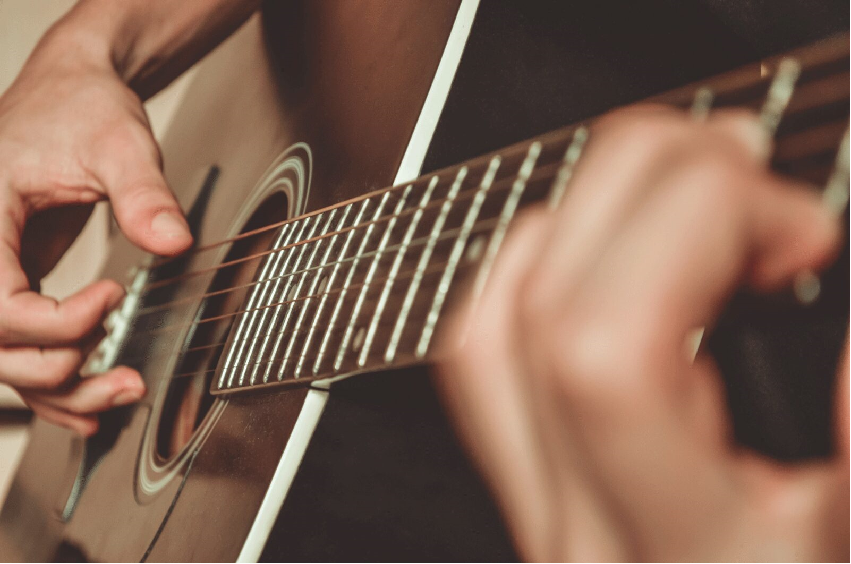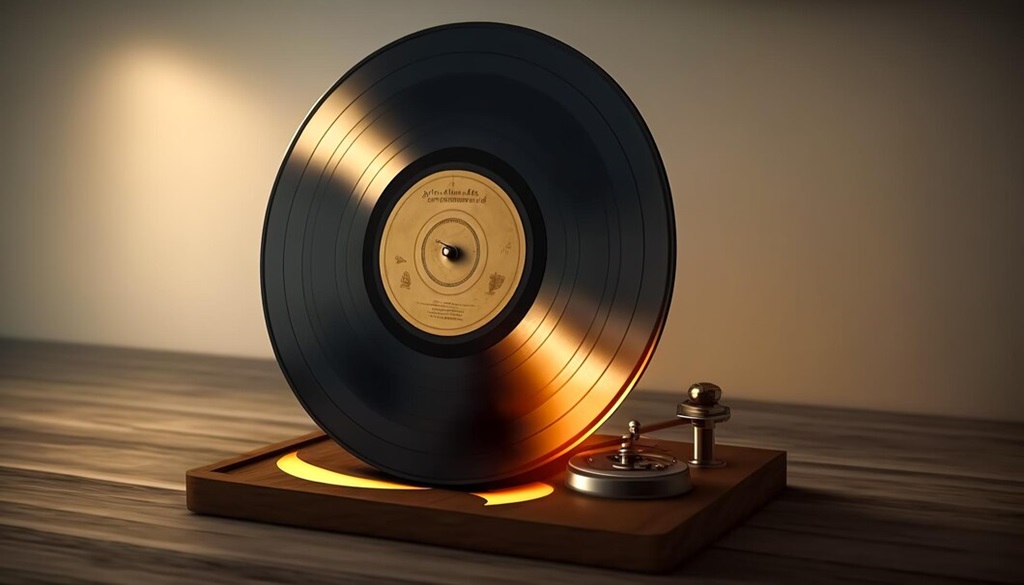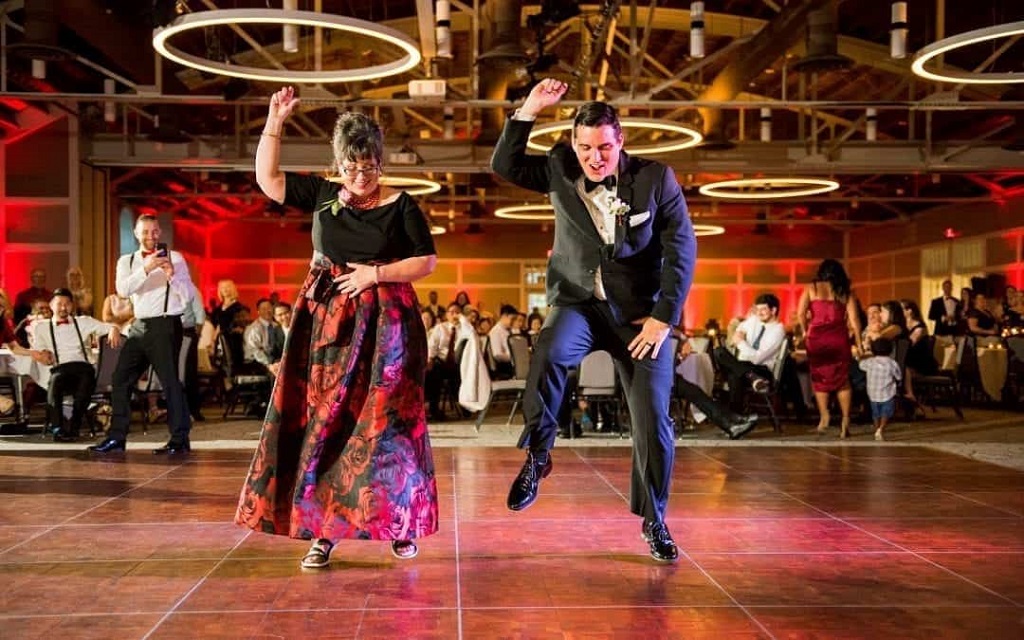
Starting to play the guitar is about entering a universe full of possibilities. We are like newborns who know nothing and little by little we are discovering how big the world is.
Given this situation, it can sometimes be especially difficult to progress on a stringed instrument like the guitar. Therefore, in this article, we have set out to help you by examining 10 techniques to be a better guitarist.
The Warm-Up: Essential To Move Forward

When we play the guitars, our hands are placed in a different position than they are used to.
For this reason, to play better and be able to perform certain guitar exercises, it is best to warm up properly.
As before any other physical exercise, the goal is not to hurt yourself (although with the guitar we don’t risk breaking anything) but to relax the muscles and get them ready.
Start by warming up your neck and shoulders so you don’t tense up while playing the guitar. Next, she warms up her arms, hands, fingers, elbows, and wrists in circular motions. You can also stretch by extending one arm forward and pulling your hand back.
Use The Metronome To Improve Your Guitar Playing
Even the most beautiful chord is worth nothing if it is played at the wrong time, just as the simplest melody can be beautiful if it keeps the right tempo.
Playing along with the rhythm is the first thing you should get done. Before even learning chords or techniques.
We know that playing with a metronome that constantly beats can be tiring, but if you sometimes have trouble keeping up, it’s a must.
Doing repetitions with the metronome is a great exercise. At first, it will probably cost you, but with practice, it will become more and more natural.
The goal is that you end up activating your internal metronome and reach a point where you don’t need to have one next to you. You will hear a constant “tick” in your brain that will set the rhythm for you.
Learn To Play The Guitar Slowly
To play with the metronome, the best thing you can do is start slowly. You can adjust the tempo to the rhythm you want.
But to move forward, you’ll have to completely gut every movement, every hand, and finger posture to make them easier and easier to reproduce.
You won’t be able to play fast if you haven’t managed to play slow yet. First, you have to let your brain register each movement so that it is able to repeat it properly with increasing speed.
At Superprof there is a wide variety of wheelie guitar lessons to learn in the best possible way.
Learning to play fast from the beginning will not make you progress sooner. Quite the contrary, your melodies will end up becoming a blur and it will be very difficult for you to correct your bad habits.
If you are in San Miguel de Tucumán, through Superprof you can find the guitar course you are looking for.
Associate, Memorize, And Understand The Chords To Play The Guitar Better
Chords are essential when playing the guitar.
If you want to improve, you will have to assimilate them by reading them in sheet music or tablature with English notations.
We recommend that you spend 10 minutes every day to memorize a few each day. And don’t forget to review them from time to time so you don’t forget them.
You should also understand the intervals well: second, third, fourth, fifth…
Finally, remember that you should also practice scales and review chords to improve your ability to improvise and compose.
Feed Your Motivation To Perfect Your Technique
Without motivation, you will not be able to advance.
Of that we have no doubt: we all know that we learn better the more we want to learn.
But you have probably realized that motivation is fluctuating. One day we are motivated the most and, the next day, we preferred to do anything rather than play the guitar (even cleaning the bathroom will make us feel more like it!).
And it is normal, we are human beings and we need daily stimulation to fuel our motivation.
So what you have to do is look for what elements motivate you. Perhaps you need to set yourself some short- and medium-term goals, join a group, talk to other friends or fellow musicians, create a new song…
To boost your motivation, don’t hesitate to vary your activities. Sign up for a specific guitar class, play in front of your family, go see a movie about the life of a famous musician, read a book about your favorite guitarist, etc.
Regularity: Source Of Progress
We never get tired of repeating it, but we know it’s true: regularity is essential for any type of learning.
Whether you want to learn a language, play a new sport, or learn to play an instrument, working a little every day will be much more effective than spending a little time one day a week.
Even if you can’t play more than 10 minutes a day, that’s enough! Think that a little bit is much better than nothing.
But don’t forget to rest! Remember that your brain also needs to assimilate new knowledge, like when computers need a little while to install updates and restart.
From Superprof, our advice is that you design a plan and combine work time with the guitar with rest time. It’s more motivating to have a way to quantify your work, as long as it’s a conscious practice that helps you progress.
Record Yourself And Listen To Yourself To Improve As A Guitarist
Sometimes we have to let go and play with what we want, but on other occasions what we should do is spend a little time evaluating our progress.
To do this, one of the most indicated methods is to record yourself. If you record yourself, you can check your progress (comparing a recording from months ago with a more current one, for example). The recordings, whether they are videos or audio, can also help you to be more aware of your mistakes and try to correct them.
And this method can be applied to different disciplines: sports, language learning, oratory, etc.
The videos can help you check your posture and the way you place your fingers to avoid acquiring bad habits or making movements that, in the long run, can lead to injuries.
Play Without Background Audio Tracks
As a guitarist, you may have gotten used to playing along with a backing track or accompanying audio track. It is a way of playing solo as if you were accompanied by a whole group of musicians.
We advise you to try playing without this track. It is clear that the sound of a guitar alone is not the same as that of a whole soundtrack of instruments, so you will have to face the challenge of being able to transmit with your instrument as much as a whole group. With practice, you will get it.
You may also be interested in 4 tips and techniques for playing the piano


 Most Popular Songs With Baby in the Title
Most Popular Songs With Baby in the Title  The Songs Everyone Knows but Not the Name
The Songs Everyone Knows but Not the Name  Get Up and Dance! Songs Like Cupid Shuffle to Keep the Party Going
Get Up and Dance! Songs Like Cupid Shuffle to Keep the Party Going  How to Memorize Violin Note Chart Quickly?
How to Memorize Violin Note Chart Quickly? 


